When it comes to climate, few places on Earth can match the sheer variety found within the tiny borders of Israel. Stretching less than 500 miles from north to south, this sliver of land sandwiched between the Mediterranean Sea and the desert is a true meteorological mosaic. From lush greenery and snow-capped mountains to arid deserts and tropical shorelines, Israel packs in samples of virtually every climate imaginable into its small geographical footprint. It's a land that truly offers a little bit of everything.
Mediterranean Bliss on the Coastal Plain
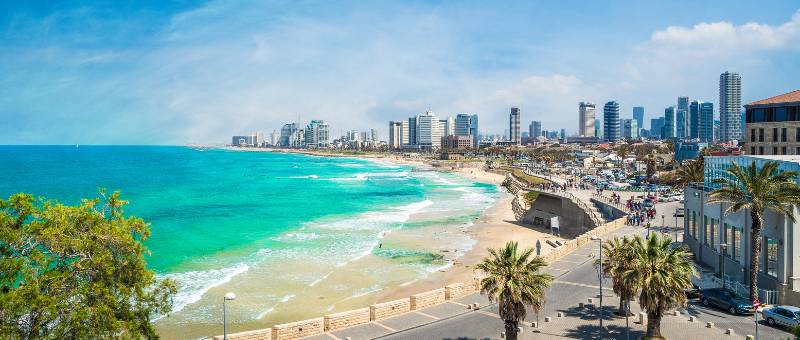
We'll start our climatic tour along Israel's Mediterranean coast. Here, the weather takes on a classic Mediterranean pattern with hot, dry summers and cooler, rainier winters. Humidity is generally low, making the summer heat quite bearable compared to similar latitudes. The peak summer months of July and August see average highs around 85°F in cities like Tel Aviv and Haifa, while overnight lows cool off into the 70s F. Beach weather reigns during this season with abundant sunshine and little rainfall.
Come winter, the rains arrive and transform the coastal plain into a lush, green landscape. Average winter highs reach into the 60s, with overnight lows dipping into the 40s and 50s - perfect sweater weather. This is also when the region sees the brunt of its annual rainfall, which averages 20-25 inches. Winters are mild compared to places at similar Mediterranean latitudes, and snow is exceptionally rare at low elevations.
The Semi-Arid Interior - Contrasting Seasons

Just a short distance inland from the coast lies a semi-arid region covering much of central and northern Israel. This area experiences what is known as a "continental Mediterranean" climate, with hotter summers, cooler winters, and greater variability than the coast. In Jerusalem, for example, summer highs often approach or exceed 90°F, while winter days bring highs in the 50s and lows a few degrees above freezing.
Precipitation falls almost entirely between November and March in this region, and amounts vary greatly based on elevation. While low-lying areas like Beit Shemesh receive an arid 15 inches annually, elevated terrain in the Judean Hills around Jerusalem averages over 25 inches. The winter pattern can bring torrential downpours, while snowfall accumulations are generally light and sporadic. Conversely, little if any rain falls from late spring through early fall across this interior zone.
The Judean Desert and Dead Sea

Aridity ramps up further south towards the Dead Sea basin, the lowest point on the planet's continental landmass at 1,400 feet below sea level. Here lies a proper desert climate, earning the Judean Hills surrounding it a classification as an "arid desert hot" zone. This parched region averages less than 3 inches of rain per year, with extended summer heat waves routinely sending temperatures over 105°F during the day. Winters are quite mild though, with highs around 70°F and lows in the 40s.
The Dead Sea itself helps moderate and stabilize temperatures in the adjacent desert, while also contributing some unusual climatic effects. Evaporation from the hyper-saline waters creates a permanent salt-haze in the air, which concentrates the sun's rays and raises ambient temperatures further. This sun-trapping effect can make the Dead Sea shores feel 5-10°F warmer than the surrounding terrain. The low elevation makes the air heavier and denser as well.
Israel's Winter Wonderland: The Golan Heights
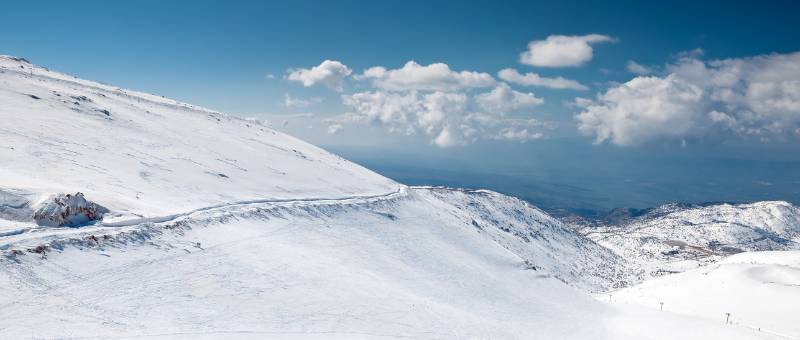
In stark contrast to the desert landscapes to the south, Israel's far northeastern corner in the Golan Heights takes on an almost Alpine feel each winter. With peak elevations around 3,900 feet ASL, this region sees blanketing snow cover yearly. The Hermon Mountain ski resort averages well over 100 inches of snowfall each winter and can measure summit snow depths of 5-6 feet during the peak of winter.
Even at lower elevations around places like Kafr Naffah and Ramat HaGolan, snow is a regular occurrence from December through March, and winter temperatures remain below freezing for extended periods. This montane climate sees brisk winds and low temperatures down to the teens Fahrenheit at night. Yet summers retain a Mediterranean profile in line with lower elevations to the west.
The Negev Desert- Hot and Arid

Stretching across most of southern Israel lies the Negev Desert, a continuation of the greater Arabian Desert system. By definition a "hot desert climate", the northern Negev averages just 3-4 inches of rain annually and sees intense solar heating throughout the year. Summer daytime highs routinely exceed 100°F, while nighttime lows only dip into the 70s and 80s F thanks to the arid air. Even winter months only bring temporary cooling, with afternoon highs in the 60s and overnight lows in the 40s.
The air in the Negev Desert is extremely dry and clear, allowing for rapid overnight cooling after sunset since there's little moisture to trap the day's heat. This makes for extreme diurnal temperature ranges, with days and nights feeling worlds apart. The southern Negev near Eilat at the Red Sea approaches true hyper-arid conditions, seeing less than an inch of rain most years on average.
A Touch of the Tropics: The Red Sea Resort
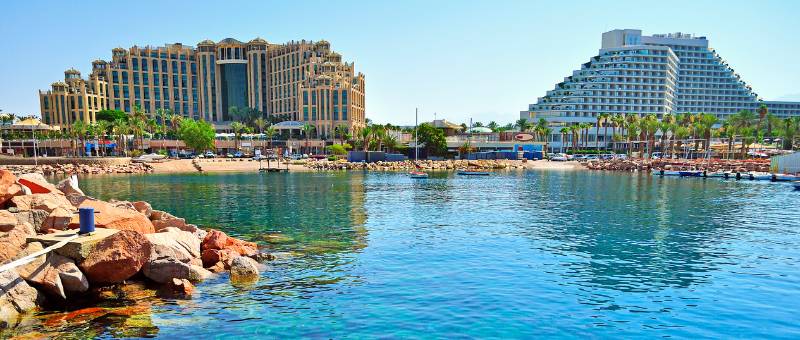
Speaking of Eilat, this resort town situated on the Gulf of Aqaba offers Israel's only tropical climate. Sheltered from cold continental air masses by the surrounding deserts and mountains, Eilat enjoys hot weather year-round more reminiscent of the Caribbean than the Middle East. Average highs remain in the 80s F even during midwinter, while summertime means blazing heat over 100°F on many afternoons.
Night and day, the mercury rarely dips below 60°F in this balmy coastal oasis. Rain is exceptionally scarce, with just a trace on average over the entire year. Instead, it's sunshine and humidity that dominate. But bitter winds often blow off the parched Negev, keeping the air from becoming oppressively muggy even on the warmest days. Clear skies allow for efficient overnight cooling as well. Within just a few miles inland, however, the climate rapidly reverts to that of the surrounding harsh desert.
An Eternal Spring: The Jordan Valley

The Jordan Valley and areas around the Sea of Galilee enjoy their own unique climatic niche, often referred to as an "eternal spring." Sheltered from cold winter storms by the surrounding elevated terrain, these low-lying regions see impressively mild conditions year-round. Daily highs average in the 70s and 80s F during summer and the 60s in winter. Thanks to a dry air mass known as the "Tropical Air Mass of the Palestinian Coast" overnight lows remain comfortable in the 50s and 60s year-round.
Extreme heat and cold are exceedingly rare in this region, with freezing temperatures almost unheard of in cities like Jericho and Tiberias. Yet it also sees almost no humidity due to its inland location and constant influence of descending dry air from the Judean Hills. The Jordan Valley skirts the edge of true desert aridity while maintaining spring-like comfort levels through all four seasons.
A Climatic Jewel to Treasure
Israel's incredible climatic diversity is truly a wonder to behold. Within an area smaller than the state of New Jersey, this ancient land contains a mesmerizing array of microclimates that seem to defy the limits of geography. From the humid, Mediterranean shores to the bone-dry Negev Desert, the alpine peaks of the Golan Heights to the tropical beaches of Eilat - Israel offers a taste of virtually every climate found across the planet.
What makes this variety even more remarkable is just how compressed these contrasting environments exist side-by-side. One could conceivably experience all four seasons in a single day's drive through the varied terrain. Descending from the snowy slopes outside of Tzfat into the Jordan Valley's eternal spring warmth, before climbing back into Jerusalem's continental chill, and ending with a soak in the Dead Sea's shimmering desert heat. Few other places allow such easy access to such extremes.
For the climatic tourist or avid meteorologist, Israel presents a living taxonomy of weather unfurled across its limited landmass. Each region carries its own unique fingerprint and signature conditions shaped by the surrounding terrain. Yet all are linked through their common existence in this geographically tiny but diverse crossroads.
Israel stands as nothing less than a climatic jewel - brilliant in its variety, intricate in its details, and truly one-of-a-kind. For locals and visitors alike, experiencing the full spectrum of its microclimates reveals the depth of the region's heritage and its intimate ties to the surrounding environment. It is a living wonder well worth preserving and treasuring for generations to come.


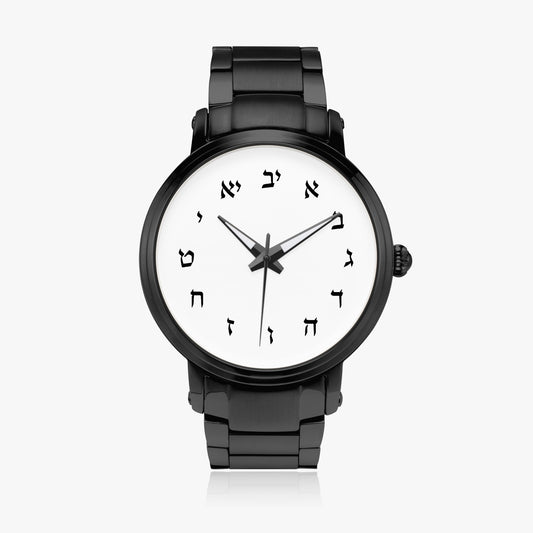





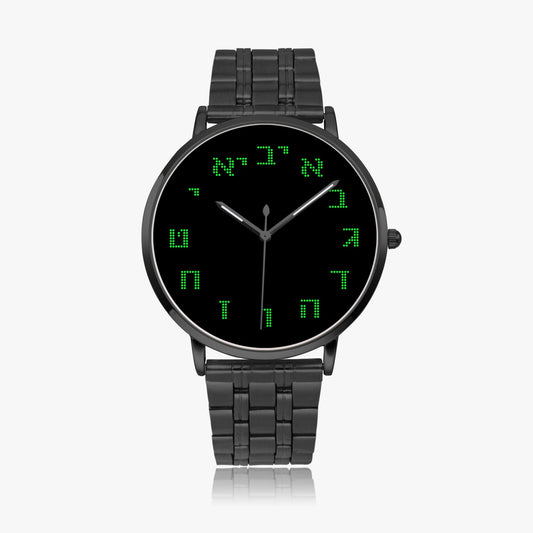





Recent post